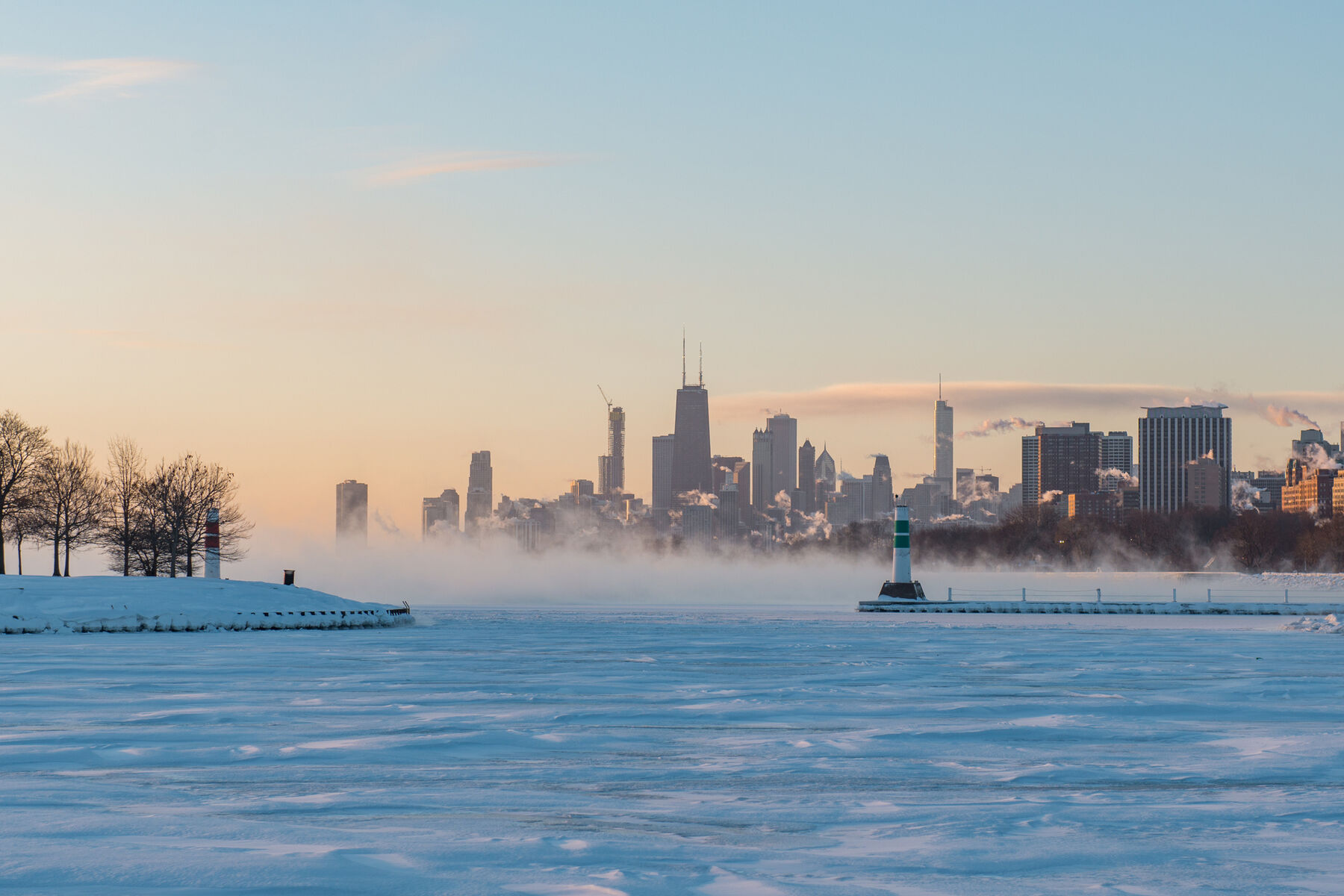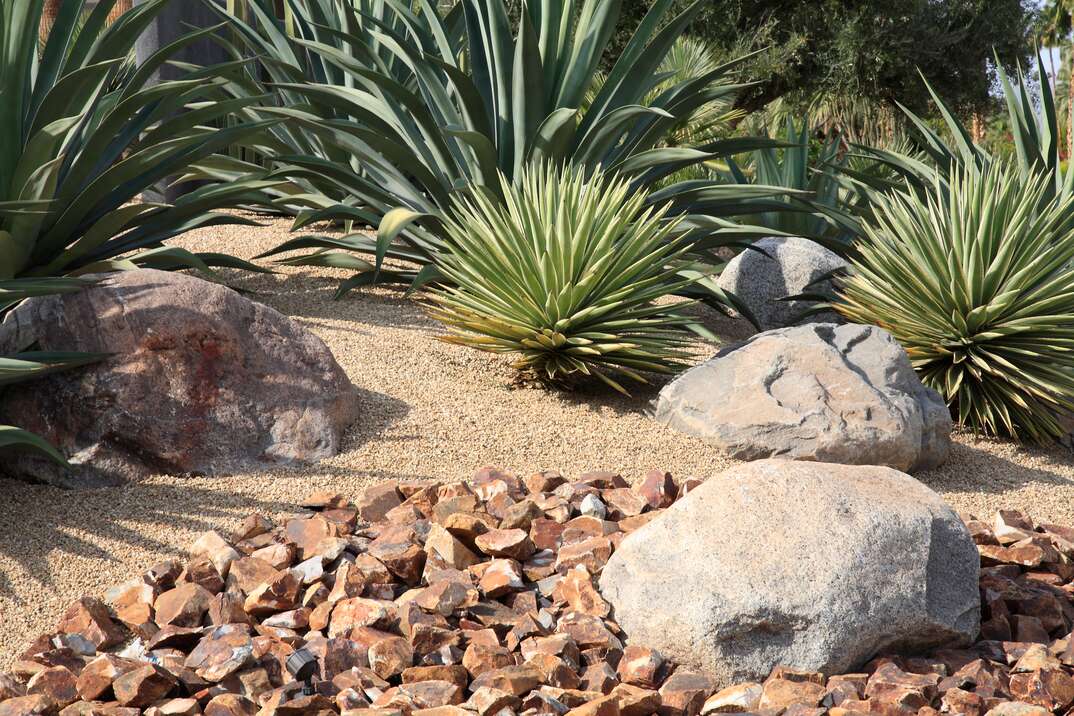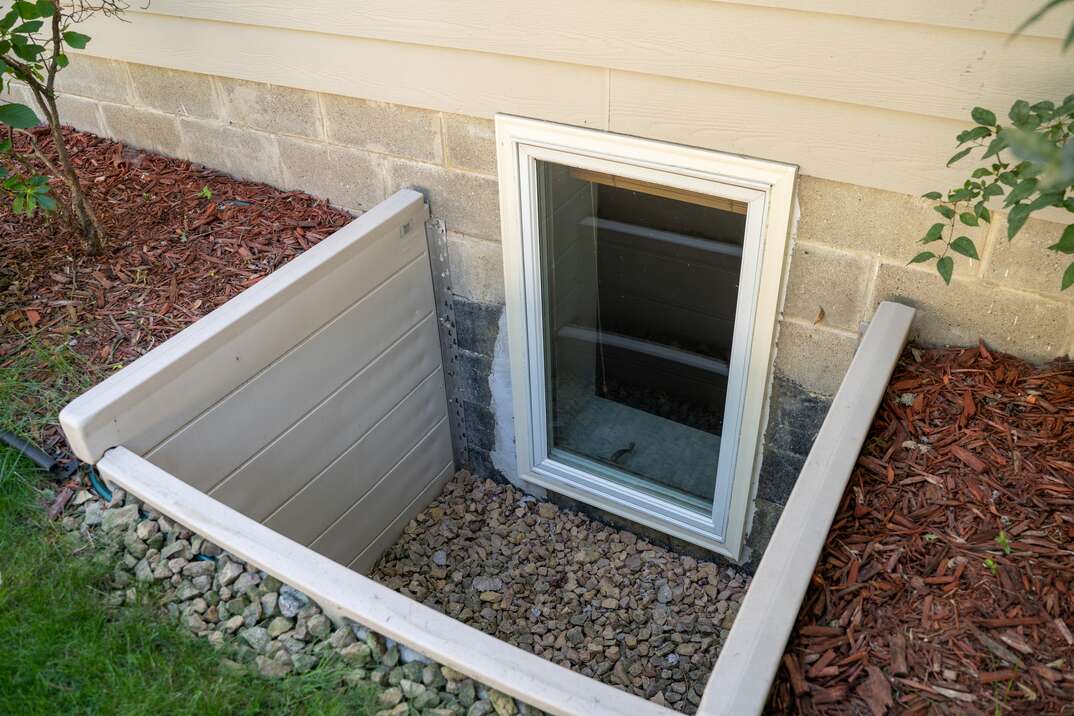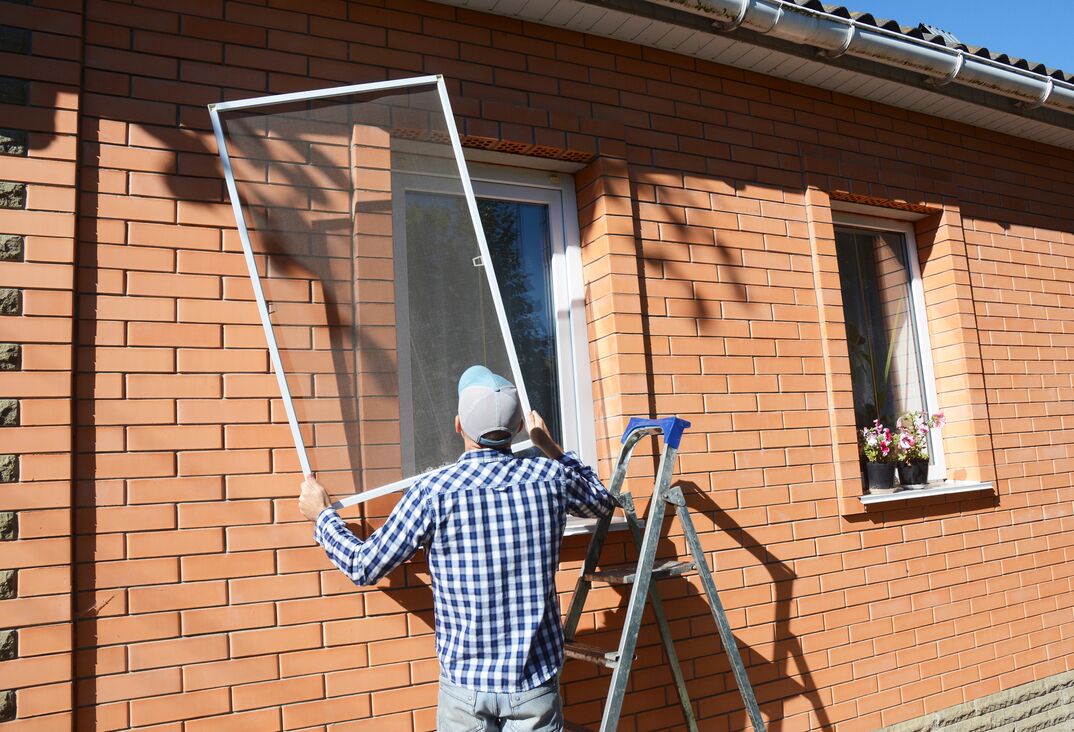5 Things You Can Do to Protect Your Home From a Polar Vortex

If you've been paying attention to any of the extreme weather events in recent years, you've undoubtedly heard the term "polar vortex" used to describe some seriously cold weather. In January 2019, during one of the more recent polar vortex events, temperatures reached as low as 60 degrees below zero in the upper Midwest. That's frostbite-within-minutes cold. Temperatures that cold can be dangerous and, for the unprepared, even deadly.
This May Also Interest You: How to Prepare for a Snowstorm
Not only can a polar vortex pose a threat to your safety, extreme winter weather can quickly take its toll on your home if you're caught off guard. Read on to learn about eleventh-hour measures you can take to keep your sanctum safe.
What Is a 'Polar Vortex,' Anyway?
A polar vortex is not a new concept. In fact, polar vortexes — which are large volumes of frigid air flowing in a counterclockwise direction — always exist near both the North and South poles. However, warmer temperatures from the stratosphere can sometimes cause these vortexes to weaken and dislodge, causing them to dip down into the lower latitudes — bringing with them an extreme blast of icy arctic air.
Although it doesn't always lead to snow, frigid temperatures can be dangerous to both you and your property. In 2019 alone, the
Insurance Information Institute reported $2.1 billion dollars in winter-weather related claims, proving just how damaging these sudden temperature drops can be.
Be Ready to Act
Here are a few last-minute preparations you can make to keep you and your property safe when a polar vortex is imminent.
1. Use 'The Stocking Method' to Prevent Ice Dams
One of the most common forms of damage incurred by homes during winter-weather events are what are called ice dams — blockages made of ice that form on the edge of your roof or in your gutters that prevent melting snow from draining properly. This can cause damage to your roof and gutter system, and possibly lead to destructive leaks.
One of the quickest and most effective ways to prevent ice dams from occurring is to fill long socks or stockings with calcium chloride (the ice melter found in most hardware stores across the country) and lay them in your gutters prior to the impending storm. This will prevent your gutters from freezing and allow them to continue to function normally.
2. Push Snow Off Your Roof
Polar vortexes have the potential to bring with them lots of snow. As snow accumulates on your roof, it can get very heavy quickly. To avoid the excess weight of snow and ice on your roof, make sure that you periodically knock it off, if you are able. You'll want to avoid climbing on a ladder and getting on top of your roof, but using a long-handled rake or shovel designed for the task is a good idea. Even if the vortex doesn't bring snow with it, removing snow before it hits and freezes snow solid is advisable.
3. Leave Your Faucets Dripping
It's one of the oldest tricks in the book. When you know that severe winter weather is on its way, go around to all of the faucets in your home and let them drip slightly. The movement of water and pressure is often enough to prevent your pipes from freezing. Even if your pipes do freeze, this method prevents pressure from building up and causing a pipe to burst.
4. Open Your Cabinet Doors
Sometimes, leaving your faucets dripping during a winter-weather event isn't enough to keep your pipes from freezing. According to State Farm, it might also be helpful to leave the cabinet doors open in your kitchen and bathrooms so that the pipes under sinks are more exposed to your home's interior heat. Even a few degrees can make a big difference when it comes to preventing frozen pipes.
5. Cover Your Hose Bibs
Another quick way to prevent frozen pipes during a polar vortex is by making sure your outside hoses are disconnected and the hose bibs are covered. Most any hardware store carries insulating hose bib covers, and they're generally very affordable and easy to attach. Be warned: When a storm is on its way, these bib covers can sell out quickly. If you find yourself unable to locate any bib covers (or maybe you just don't have enough time) you can wrap a dry towel or T-shirt around the bib and then wrap that in duct tape. Just make sure that no cold air can creep through the cover.
Above All Else, Stay Safe
By following these tips, you can avoid some of the major homeowner headaches that come with extreme winter-weather events. Although these steps can help mitigate some damage to your home, you should always ensure that your family's safety is well looked after.
As a winter storm approaches, power outages are always a possibility. Because of this, you should make sure your carbon monoxide and smoke detectors have batteries and are working properly. You may also want to stock up on food (with plenty of nonperishable, ready-to-eat options) and potable water (aim for one gallon a day per family member) in the event that you are unable to leave your home for long periods of time.
You'll also want to make sure you're stocked up with other basic supplies like a first aid kit, matches, flashlights and backup indoor-heating alternatives, such as portable radiant propane heaters with extra propane canisters on hand. High-capacity portable chargers are also a good idea to have on hand to keep your smartphones charged in case you lose power.
While it's impossible to prepare for everything, especially if you're short on time, it is possible to take proactive steps to protecting your home and your family when the next polar vortex strikes.
Being prepared with a home repair plan from HomeServe is one way to be ready for home maintenance costs and fixes during a polar vortex — or any other time during the year. Once you have a plan in place and a covered issue arises, you can simply call the 24/7 repair hotline. A local, licensed and highly trained contractor will be sent out to you to get the job done to your satisfaction.


